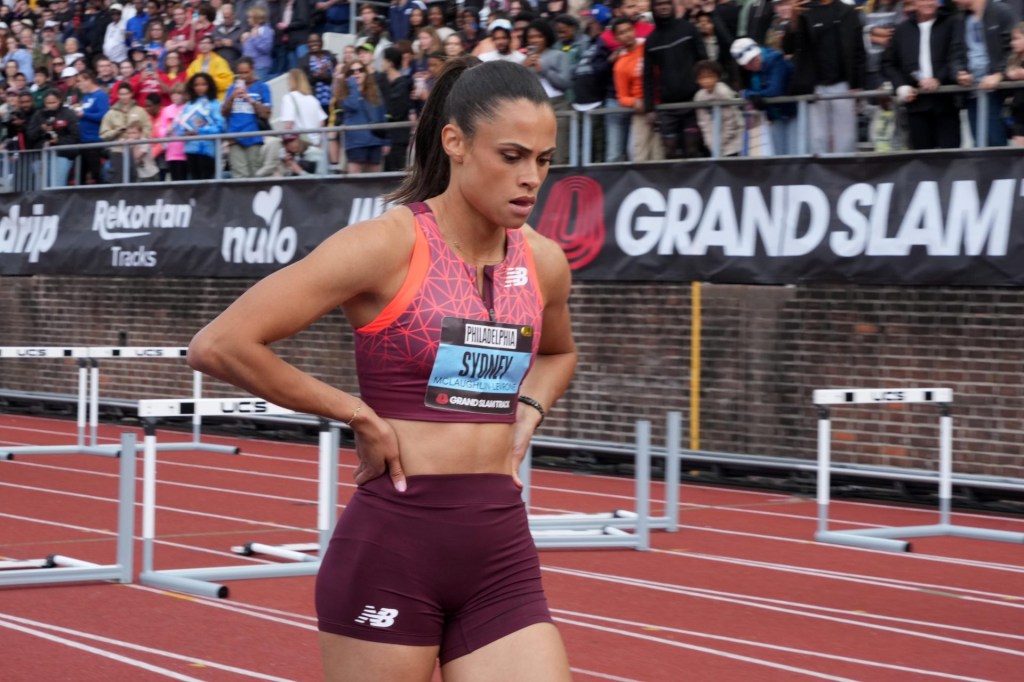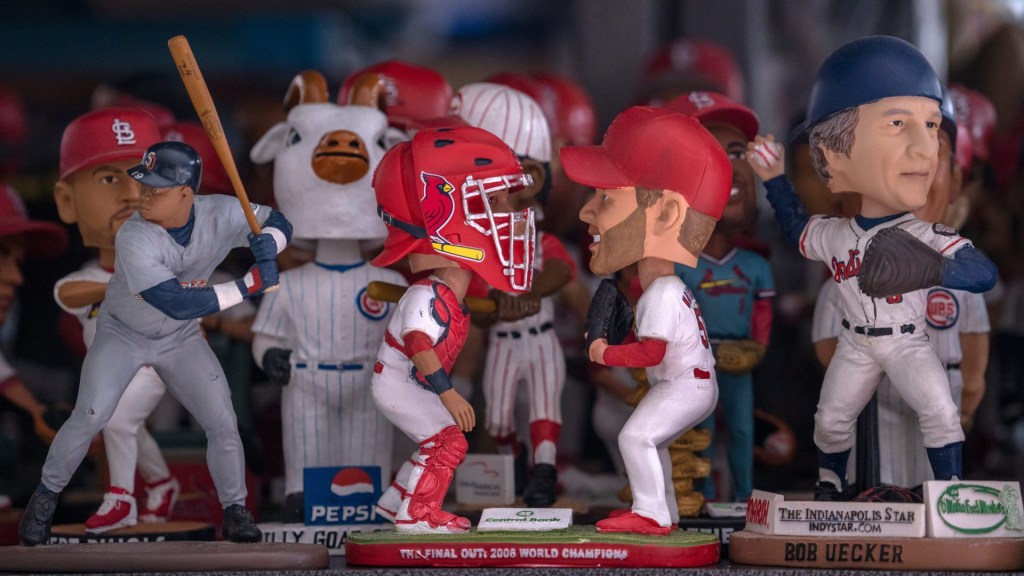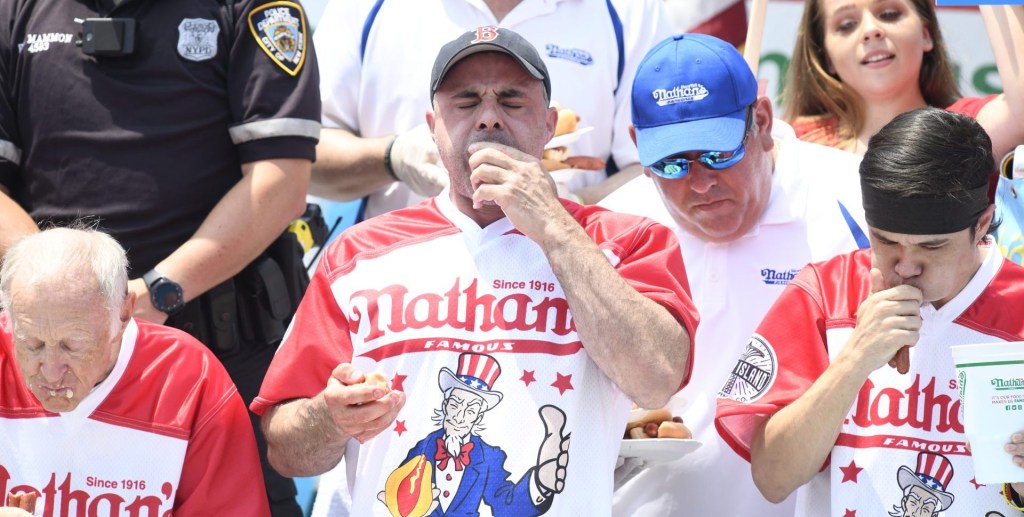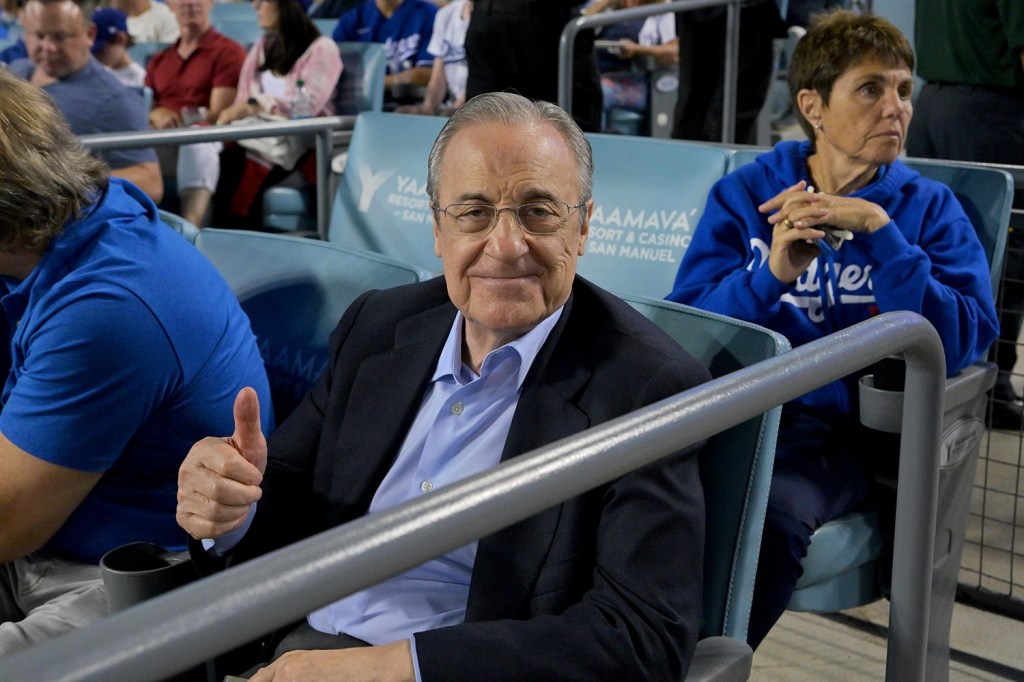For many people working in sports, long hours and an atypical work schedule were a badge of honor.
It was often emphasized that higher-ups in an organization would notice those who were in the office before 9 a.m. and who stayed long after their peers well into the night after games. That impression would eventually lead to good first impressions and, ultimately, a path towards upward mobility.
That way of thinking has been called into question by the coronavirus pandemic. Since mid-March, when the virus eviscerated nearly every major sports league, workers in the industry were forced into a situation that their bosses – and their bosses’ bosses – had never thought possible: work from home.
Whether they are lower-level bosses or the chief executive officer of multi-billion-dollar sports franchises, many of them have learned something about their employees working from home. With just internet connection and a basic understanding of technology, people at home do not need much to get the job done outside of the company office.
But even with studies showing that roughly 48% of workers will either be working remotely full-time or part-time, technology can only go so far in staking the claim for a permanent work-from-home policy.
“There’ve been a lot of successes [from working from home],” Jamey Rootes, chief executive officer of the Houston Texans, said. “We proved that we can do this and that people can be highly productive in this type of environment has really opened our eyes to what our return-to -work norm could be. With a combination of office workers and remote workers or providing remote work opportunities on a periodic basis, we’ve learned that that is something that needs to be part of our considered set going forward.”
READ MORE: Tennis Channel Adjusts To New Reality Of Live Coverage
Rootes’ surprise at the effectiveness of remote work is a major step in what could be a large part of companies’ future operations. According to research firm Gartner, 70% of workers pre-coronavirus pandemic never worked from home, 20% worked remotely sometimes, and 10% always did.
Now, more than two months since the pandemic’s outbreak in the United States, the percentage of workers who have never worked remotely has dropped to 52%. The number of employees who either work remotely sometimes or always has since risen to 29% and 19%, respectively, meaning that 48% of employees nationwide currently work from home in some capacity.
Along with the uptick in people working from home has come a rise in their confidence to work anywhere. A Glassdoor survey of nearly 1,000 U.S. workers found that 67% of them supported their employers’ decision to require remote work indefinitely. In a separate finding from the Society for Human Resource Management (SHRM) and advisory firm Oxford Economics, about 3% of 1,000 HR professionals within the U.S. said that their salaried employees were working remotely at the start of 2020; in April, that figure skyrocketed to 64%.
Over the last eight to nine weeks, Brian Kropp, group vice president at Gartner, has found that on average, employees who work from home are just as productive as those in the workplace. In that same Glassdoor survey, 60% of respondents said that they are confident they can efficiently do their job remotely, and 50% believe that they are equally or more productive at working from home than in the office.
Those both in and outside of sports have quickly grown accustomed to a fully-remote workplace.
“There’s a lot of people out there saying we’re gonna have 70% of our employees working remotely,” Kropp said. “There’ll be some companies that end up there, but what is the more likely outcome is that you have employees that are in the office half the time and working from home half the time.”
Some companies who have gone to a work from home model have already made plans to do so indefinitely in the future, whatever the conditions.
Google CEO Sundar Pichai recently revealed that employees are likely to work from home through 2020. Jack Dorsey, CEO of Twitter, has taken it one step further by allowing employees to work from home permanently after the coronavirus pandemic. This rule does not apply to those who are physically required to be in the office, such as those who maintain servers.
Initially, Facebook announced that employees can work from home only until 2021. Now, it will start allowing some to apply to work remotely for good, with CEO Mark Zuckerberg estimating that the company could have about 50% of its 48,268 global employees working remotely in the next five to 10 years.
Kevin Cote, Facebook’s director of sports partnerships – teams and athletes, says that his team has grown accustomed to remote work. They have often resorted to video conferencing and calls with international clients.
In his role, Cote everyday deals with the sports partners from teams to individual athletes. Since transitioning to work-from-home full-time, he has found that the cutdown from travel – whether long-distance or the daily work commute – has resulted in a strengthened relationship with Facebook’s sports clients.
READ MORE: PLL Must Get Creative After Postponing Season Amid Coronavirus Uncertainty
“We have a steady stream of really high impact meetings every day because we aren’t traveling as much,” he said. “We work in an industry where we travel a lot, which means you have tradeoffs of meetings you can’t attend or just the grind that goes into travel time. Without that restriction, we’re actually able to be even more efficient with our time.”
Cote has also seen work-from-home open up his eyes to the daily lives of his fellow co-workers. Not being in an office with them has not prevented him from uncovering more about their lives outside of work.
“When you take [the travel] away, it opens up your day to be even more efficient when you’re working and to be on time for meetings, but also, honestly, to have empathy for everyone and what they do have going on in the rest of their lives,” he said. “I think that’s been a big eye-opening aspect to all of this for the entire industry is – even though we’re further apart, the virtual connection actually allows you to get closer together to someone to realize. Everyone has so many things going on in their life beyond just their job, and I think that’s been a big eye-opening experience through this whole process.”
There are both short and long-term benefits for the sports industry to further embrace the work-from-home trend. As of right now, most if not all Americans have been directly or indirectly affected by the coronavirus pandemic. By having employees work remotely, Kropp claims that companies will actually have a safer workplace due to the emphasis of social distancing and less person-to-person contact.
Further down the line, Kropp says that employees – generally speaking – enjoy the flexibility of working remote. The commuting problem that both Cote and Kropp pointed out is a major factor; for instance, greater New York has the longest commute in the country at 37 minutes, wrote Business Insider. Transportation spending for those in New York totals $3,710.71 annually, and more than 1.6 million people travel to Manhattan from another county every day. As of July 2019, only 4.3% of New Yorkers worked from home.
“[Employees] like not having to worry about commuting,” Kropp said. “They like that they can work different hours when it makes sense for them, so the flexibility associated with working remotely is really desired by employees, at least kind of potential possibilities.”
Kropp says that employers are also noticing the benefits of work-from-home from a financial standpoint. For C-level employees, it is actually cheaper to have the workers under them working remotely. With fewer people arriving to work everyday, it allows companies to utilize smaller workspaces, reducing the price of important but costly bills like electricity, cleaning and, most importantly, real estate.
Kropp has talked to numerous CFOs across various industries about the cost-saving capabilities of remote work. According to Kropp, they say that on average, a company can save up to approximately 20% of the total cost of any employee who works-from-home full-time versus those who still arrive into work.
“Those are real savings that are out there by having employees work remotely,” Kropp said. “So the biggest rationale for doing it: you’ve got the short-term immediate response to coronavirus, but in the long-term, employees like it and CFOs like the cost savings associated with it.”
READ MORE: Sports Industry Coronavirus Primer
Just because work-from-home has been mandated by most employers does not mean they plan to see that continue. One of the biggest hurdles in the office-to-work-from-home transition is employer confidence. The majority of employers believe that much of work from home will end after the coronavirus pandemic dies down.
Of the 3% of 1,000 U.S.-based HR professionals from the SHRM survey, all but 5% said that they expect their workforce to return to pre-crisis levels within the next six months. As of May 20, no professional sports organization has made a Twitter-esque proclamation of allowing employees to work-from-home forever.
Even outside of sports, Kropp sees some challenges that lie ahead for remote work. He said that while data shows that out of the jobs that could be done remotely full-time, only about 10% of people actually did so, and only 20% worked remotely part-time.
“There’s a lot of jobs and a lot of tasks that can be done [remotely],” he said. “As you think about work: one on one conversations, status updates, team meetings, a lot of that can be done remotely. But, there are a set of things that we’re finding that no matter how good the remote technology is, you’re better off being together.”
People can do communication sharing via video calls, but Kropp acknowledges the difficulty in the actual collaboration during those sessions.
In sports, a lot of the on-the-field talks center around gameplans and reviewing video. Having to do that remotely can prove to bring more headaches than solutions, Kropp said. That predicament also carries over into the front office – if people are not there to banter in-person, that limits the possibility of developing deep, meaningful relationships.
“What we found is for employees who have worked remote, it’s harder to build a social and emotional connection with your coworkers,” he said. “What we tend to find is that employees who are working remote on average report that they’re more isolated, that they don’t have as many friends network, that they don’t have as many social connections.”
Kropp points out that in sports, the personal connection within an organization is just as vital as the talent level. For people that someone likes and can connect with, they are more likely to work harder for them and keep going to their job. Those who work remotely, on average, are less likely to have those solid social networks, Kropp said.
“A sports team is different,” he said. “You always talk about the idea of the strength of a locker room and how well those players and coaches and trainers and everyone gets along with each other. The teams that have that better team chemistry are more likely to be successful than teams that don’t. And one of the things that happens in a remote world is you’re less likely to build that team chemistry, so you’re less likely to build those social and emotional connections with your coworkers.”
Barstool Sports CEO Erika Nardini craves the in-person dialogue that she bears witness to in the office. Having moved into a new headquarters in Midtown Manhattan in 2019, Barstool has roughly 210 employees working out of there – and has quickly maxed out its capacity. While space is a front-of-mind topic now for Nardini, she is excited for Barstool’s return to the office – whenever that may be.
“I’m sure everybody will be fighting within like 15 minutes, so I’m looking forward to that,” she said. “There will be things we have to figure out, but I think people are excited to do stuff with one another… I think you’ll see some of the stuff we started taking a new life of their own once they can happen in an office or at the studio.”
Instead of preparing for their next game, Boston Red Sox CMO Adam Grossman is – like everyone else – making the most of this work-from-home routine. Courtesy of Zoom and other technologies out there, he is at least able to see his colleagues, which has made the physical barrier easier to cope with.
Although working from home has showcased its capabilities to various employees at the Red Sox, that does not mean it would be Grossman’s first choice.
“If we had a choice, we’d be back and working together and being in the office and bumping into each other, because there’s just no substitute for all the intangibles that go along with that,” he said. “But I do think what we’re seeing is that it’s not strictly an either or – even when we’re not together, there are pathways and opportunities to be efficient, to get a lot done and to keep pushing ourselves despite the physical limitations.”
















